Companies are making a push towards having diversity and inclusion at the forefront of their business cultures. Some places are doing this well and with good intentions, while others’ efforts are forced and poorly constructed.
If you want your company to make these changes towards a more inclusive culture, they need to be made authentically, not just for clout.
If you’re looking to make some changes in your company culture, specifically with diversity and inclusion, here are some suggestions on how to make the office a safe space where all people feel comfortable and valued.
Diversity And Inclusion Suggestions
1. Hire Diverse Employees
This one seems obvious. How are you supposed to have a diverse and inclusive workspace when everyone hired looks the same?
This isn’t as simple as putting out a job listing and hoping a diverse set of candidates apply. There are steps you need to take in order to make sure your listing is accessible to everyone.
- Make the listing available on free job boards. Not everyone can afford to pay for job sites. Make sure people who are using free services like Indeed can still see the job posting.
- Make sure the listing is formatted in a way that is text-to-talk friendly. While it’s cute to make a job posting with a graphic on Instagram, people with visual impairments cannot read the listing. If you’re making a post and are using a graphic, write everything you included in the description so people using the text-to-talk feature can listen to it and apply.
- Put realistic job requirements. Some companies just stack the job listing with random application requirements; it’s common for listings to ask for a number of years of experience from a program that hasn’t even been invented for that many years.
- Review the applications blindly. We all live with implicit bias. There have been studies shown where a person sent out two applications to a multitude of companies, one with a “white” sounding name and one with a “black” sounding name. The one with the white name got selected at a much higher rate. Remove any possibility of racial or gender bias by redacting the names on the applications.
- Consider applications that don’t have as much experience. Some people cannot afford to take on an unpaid internship, which makes these opportunities available only to people who can afford not to work. Obviously, you want to hire people who are qualified but try to consider the privilege required to get additional experience.
Diversity in the workplace includes people of all sexual orientations, genders, ages, ethnicities, religions, abilities, and social backgrounds. As much as possible, remove the bias of ableism, sexism, homophobia, racism, classism, and ageism from the hiring process to make sure everyone has a fair chance when applying.
2. Include Pronouns in Introductions
You don’t make a wild guess about someone’s name when you first meet them; why would you guess their pronouns? Part of a diverse workforce includes people with gender identities different from your own. Inclusion in the workplace for trans and non-binary people begins when pronouns become normalized.
A great way to ask for someone’s pronouns when you’re first meeting them is by offering your own.
“Hi, my name is Brad and I use he/him pronouns. May I ask how you would like to be addressed?”
Create a culture in the office where sharing pronouns is commonplace. Request that people add pronouns to…
- Their email signature
- Their name tags
- Their bios
Normalizing the inclusion of pronouns allows people who use different pronouns than they were assigned at birth to explain theirs without drawing too much attention to themselves. It gives a sense of belonging to people who may have feared ostracization for their pronouns.
3. Listen to Marginalized Voices
No matter how “woke” you try to be, your research does not trump someone’s lived experience. You don’t get to decide what is and what is not offensive.
When you’re on a mission to build a diverse work environment, unfortunately, there will be people who are not interested in making the diverse team feel welcome.
- If a woman approaches you to say that Brad made an uncomfortable comment about her appearance, take action. Depending on the severity and frequency, Brad may need a talking-to from HR, a mandatory seminar on workplace harassment, suspension, or even the loss of his job.
- If a trans person approaches you to say they heard a really offensive joke in the breakroom, take action. Have a company-wide email, meeting, or training on inappropriate comments in the workplace. If they know who made the comment, make sure they are directly punished.
- If a Latinx person approaches you to say that someone made a disparaging comment about immigrants, take action. Send that person to HR to get a professional one-on-one on how racist comments will not be tolerated in the workplace.
If these people are approaching you, they trust that you will take the necessary steps to improve the atmosphere in the office. If you want good employee retention, actively create a culture where inappropriate behavior is punished and marginalized voices are raised up and supported.
Don’t let them down or decide they’re overreacting.
You don’t get to make that call.
4. Make the Office Physically Accessible
Lots of office spaces were not built with other-abled people in mind. If someone with a wheelchair can’t navigate the office, they won’t even be able to interview. Try to look at the office from the perspective of someone with different health conditions and mobility impairments.
How accessible is the office to someone who uses forearm crutches? Walkers?
Make sure there is…
- Enough space between rows of desks for a wheelchair to safely navigate.
- A ramp or elevator option whenever there are stairs.
- An adjustable desk to fit any height requirements.
Make these changes before it’s necessary. Show your diverse talent that comes in to interview that you are prepared for someone with their needs to start working as soon as possible.
5. Make Space for Religious Rites
Hinduism requires practicing members to pray at least three times a day. This process is called Nitya and happens at particular times. While most do this inside the home, if work coincides with prayer times, they’ll need a place to perform their prayers in private.
Make sure these employees have a safe, designated space where they can complete their prayers if they ask.
There are plenty of other religious requirements different denominations require. If someone approaches about accommodations for fastings, prayers, diet restrictions, or a Hajj, do everything you can to respect these needs. Make the work environment one that respects their unique needs and takes the needed steps to accommodate them.
Diversity and Inclusion Improves Your Business
If everyone looked at a problem from the same angle, you’re likely to get a lot of similar answers. Once you introduce people from unique backgrounds and life experiences, you’re going to get a much more diverse set of answers. You get a wider array of skill sets and perspectives when you hire diverse people, which helps your business grow and flourish.
Once they’re hired, make sure their employee experience is one of acceptance. You’ll get higher employee engagement when the employees feel valued and respected.
Make diversity and inclusion a staple in your office to ensure your success in the future.
Author, Artist, Photographer.
Sarah Margaret is an artist who expresses her love for feminism, equality, and justice through a variety of mediums: photography, filmmaking, poetry, illustration, song, acting, and of course, writing.
She owns Still Poetry Photography, a company that showcases her passion for capturing poetic moments in time. Instead of poetry in motion, she captures visual poetry in fractions of a second, making cherished keepsakes of unforgettable moments.
She is the artist behind the Still Poetry Etsy shop, which houses her illustrations and bespoke, handmade items. She is the author of intricacies are just cracks in the wall, a narrative poetry anthology that follows a young woman discovering herself as she emerges from an abusive relationship.
- Sarah Margaret Henryhttps://www.womensbusinessdaily.com/author/sarah-margaret-henry/
- Sarah Margaret Henryhttps://www.womensbusinessdaily.com/author/sarah-margaret-henry/
- Sarah Margaret Henryhttps://www.womensbusinessdaily.com/author/sarah-margaret-henry/
- Sarah Margaret Henryhttps://www.womensbusinessdaily.com/author/sarah-margaret-henry/






